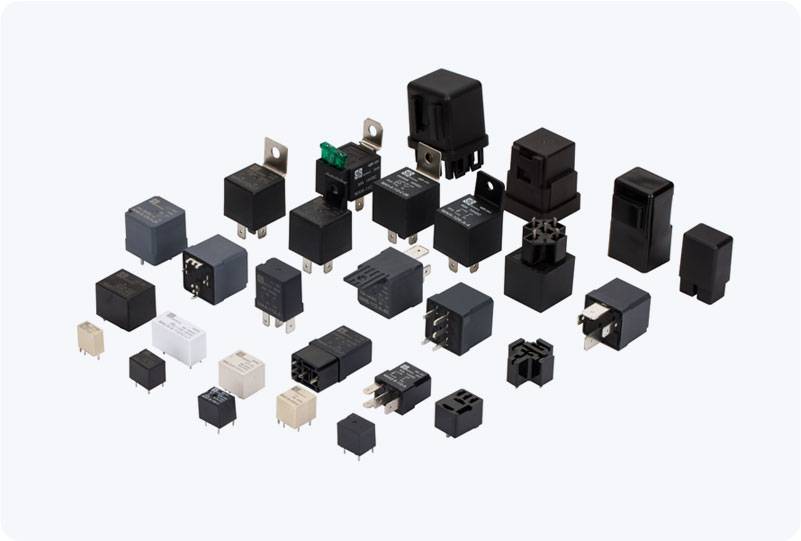safety relay sil 3: ensuring safety in industrial automation
Release time:2025-05-19 06:27:56
In today’s rapidly advancing industrial landscape, safety has become a paramount concern, particularly in sectors such as manufacturing, energy, and process control. With machinery and automated systems becoming increasingly complex, the need for reliable safety mechanisms is more critical than ever. One of the essential components that help ensure safety in such environments is the Safety Relay, specifically those designed to meet SIL 3 (Safety Integrity Level 3) standards.

Understanding Safety Relay SIL 3
A Safety Relay is a crucial device used in safety-related systems to monitor and control the safe operation of industrial processes. These relays ensure that if any failure or malfunction occurs within a safety circuit, it will immediately trigger an action to either shut down the system or bring it into a safe state. This prevents accidents that could lead to harm to workers, damage to equipment, or environmental hazards.
The term SIL (Safety Integrity Level) refers to a measure of the reliability of a safety function. SIL levels range from 1 to 4, with SIL 4 being the highest. Each level reflects the degree of risk reduction that the safety system provides, based on the probability of failure on demand (PFD) and the frequency of hazardous events. SIL 3 is often chosen for processes that involve high risks to personnel and equipment, where a failure could lead to severe consequences.

